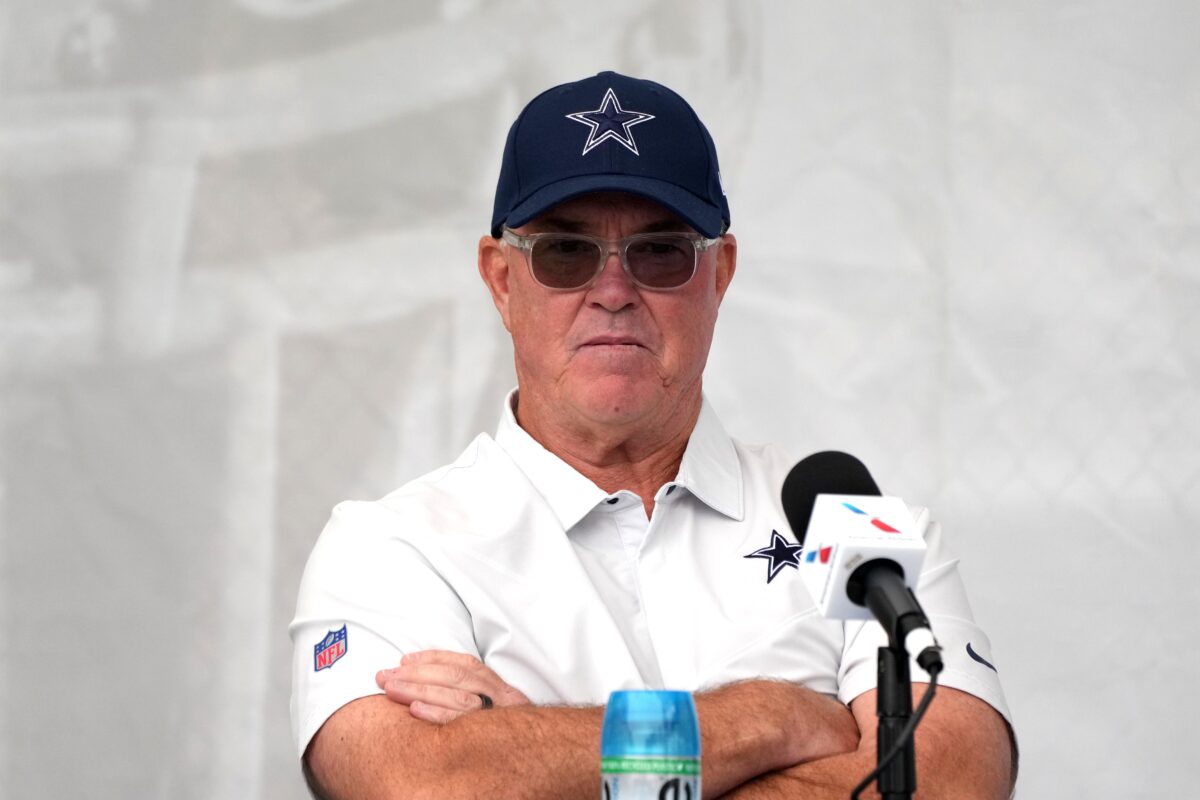The Chiefs made the deal of the decade when they signed Patrick Mahomes to a 10-year, $503 million contract in 2020. At the time, the deal made Mahomes the highest paid quarterback in the league. It officially hitched Kansas City’s wagon to the health and performance of one man but it also offered the kind of contract stability and flexibility most teams would kill for.
The Cowboys struck a similar deal with Tyron Smith when in 2014 they signed their All-Pro left tackle to an eight-year extension. Already under contract for two years, it gave Dallas a decade of control. Like the Mahomes deal, Smith’s contract allowed the Cowboys to move money back to stay flexible under the salary cap. It also allowed them to bask in the savings as the costly LT market boomed around them.
To be fair, 10-year deals were always the exception to the norm. Contracts rarely reached seven years and long-term was typically defined as something in the 5-to- 6-year range. It turns out, even those days are now long gone.
Interesting observation is of the 100s of NFL contracts signed this offseason only one is for longer than 4-years. I remember when 5+ seasons was the norm for top free agents. Now it’s almost nonexistent (graphic + data @spotrac ) pic.twitter.com/EhntEoHiJJ
— Reid D Hanson (@ReidDHanson) June 6, 2024
Here in 2024, teams would be so lucky to ink a five-year deal with their brightest superstars. According to free agent contract details from Spotrec, only one player, Carolina guard Robert Hunt, signed a contract in excess of four years. Hundreds of contracts were signed in 2024 and just one player signed for five or more seasons. In the immortal words of Bob Dylan, “times are a-changin.”
Two of Dallas’ brightest young stars, CeeDee Lamb and Micah Parsons (both 25), are approaching free agency and the Cowboys would like nothing more than to sign them to long-term extensions. In today’s day and age, four-years is about as long-term as one can reasonably expect.
The Cowboys would like to lock in their two 25-year-old stars for 5-plus seasons for the same reason those two 25-year-olds may want to max that length out at four. Lamb and Parsons have a chance to hit the market again during their peak years and potentially cash in on the readjusted market.
It’s the same reason Dak Prescott resisted five-year offers back in 2021; he saw the opportunity to cash in even bigger four-years down the road.
There’s a number of reasons why this has changed. Advances in modern medicine mean even seemingly catastrophic injuries don’t have to be career-killers. Growing endorsement money and player revenue sharing have given young players generational wealth earlier in their careers now. And more contract guarantees are adding financial stability to a degree it rarely offered before.
Simply put, players aren’t afraid to gamble on themselves because the risk isn’t as severe as it once was. It’s an era the Cowboys have to adapt to because the rest of the league already has.
[affiliatewidget_smgtolocal]
[lawrence-auto-related count=3]
